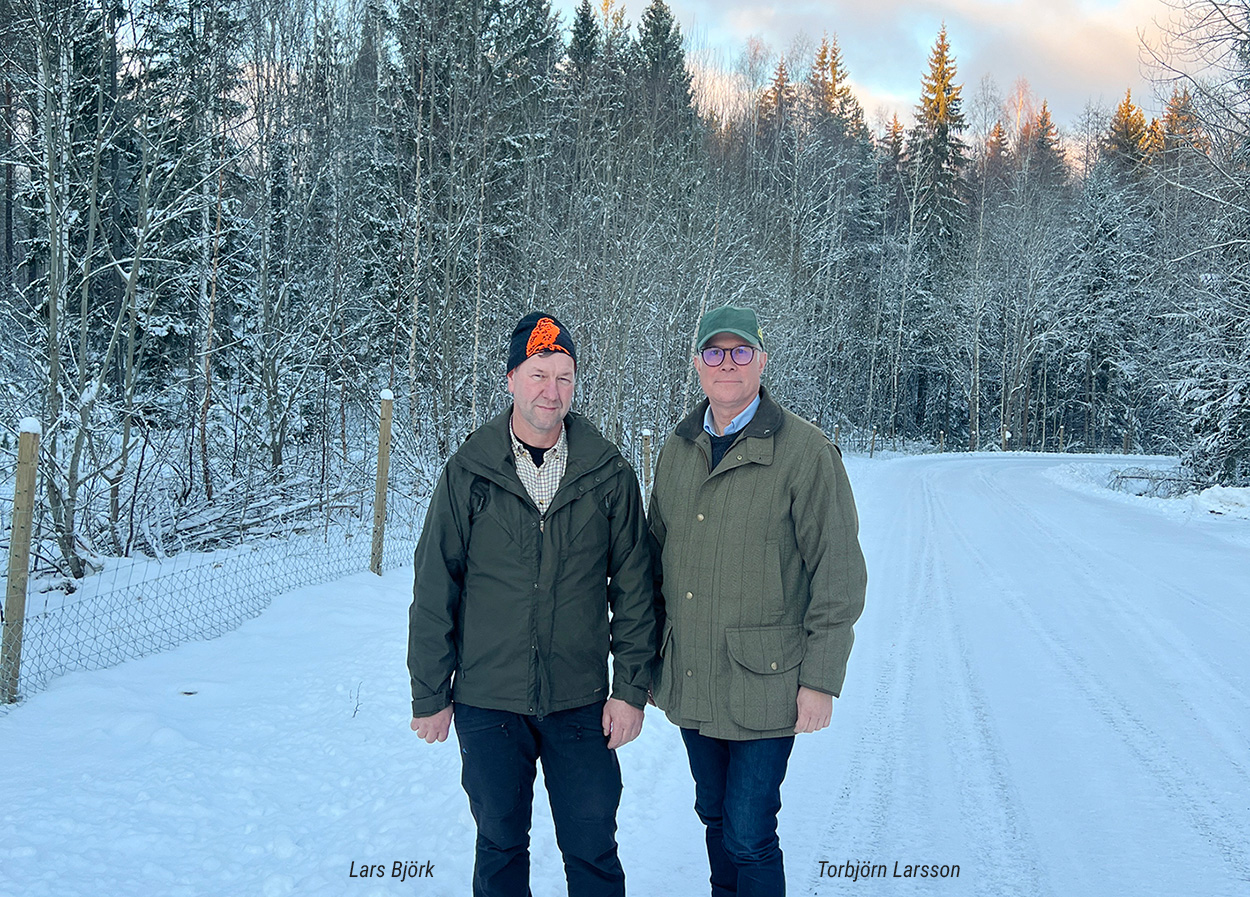
01 Dec 2023 Combatting ASF in Sweden: Hunter and Authority Collaboration Reduces Infection Zone
In a significant development, the Swedish government has announced a reduction of the infected African swine fever (ASF) zone. This is thanks to the extensive cooperation and carcass searching efforts where hunters are playing a major role. The remaining zone will be divided into a core area and an outer area, with certain restrictions lifted in the outer area to facilitate activities that do not pose a risk of spreading the virus.
Swedish hunters coordinated locally, regionally, and nationally are actively engaged in searching for the carcasses of infected animals. The Swedish Association for Hunting and Wildlife Management has been working on the case non-stop, since the outbreak was detected. It has been actively involved in the crisis management work planning together with authorities. The hunters’ knowledge of wild boar has been enormously important in being able to quickly find carcasses. On the ground, hunters can access the most difficult places of the zoned area, which are often favoured by wild boar.
This week’s announcement means that Sweden is on track to be declared free from ASF in record time due to this collaboration of hunters and authorities. If progress continues at this pace, Sweden could be declared ASF-free in just a year, potentially by the end of September 2024. The method employed in Sweden is a recipe to be utilised in other European countries, especially if the disease appears in an isolate zone.
Considering the significance of this case, FACE President Torbjörn Larsson, visited the ASF affected area in Fagersta, Sweden. Speaking to media on the scene, he stated:
“Hunters have played a major role in fixing this serious problem. Animal health diseases are on the rise in Europe and a major threat to biosecurity, we need all hands on deck! Hunters are the eyes and ears of the forests, and this case exemplifies that perfectly. Well done to all involved!”
A total of 62 infected boar carcasses were discovered within a five-kilometre radius during the three-month search. Karl Ståhl, the Chief State Epidemiologist, emphasised that the peak of the virus spreading was in late August and early September, and no new cases have been reported since the end of September. Hunters, in a remarkable effort, played a crucial role in locating and identifying ASF-infected wild boars.
The Hunters’ Association is coordinating the hunters’ efforts, ensuring that those who help with the search for wild boar carcasses are compensated financially. Thanks to this, hunters from other regions have also been brought in to help.
Background:
- FACE’s visit follows the announcement by the Swedish Agricultural Agency and the National Veterinary Institute about the reduction of the ASF-restricted zone.
- The announcement by the authorities (made on 30 November 2023), reveals that the infected zone will now cover 617 square kilometres, significantly reduced from the previous 1,000 square kilometres. Fagersta municipality and parts of Norberg municipality are within this zone, affecting approximately 19,000 residents, with nearly 13,000 in the core area.
- Existing restrictions remain in place in the core areas, such as the prohibition of public access to forests and icy lakes remain in effect. Whereas in the outer area the public will now be permitted to engage in activities such as walking, cycling, and horseback riding in forests and on ice. Motor vehicle use and organized events will still remain restricted in the outer area to ensure the virus does not resurface.
For enquiries contact: torbjorn.larsson@face.eu, magnus.rydholm@jagareforbundet.se and communication@face.eu

